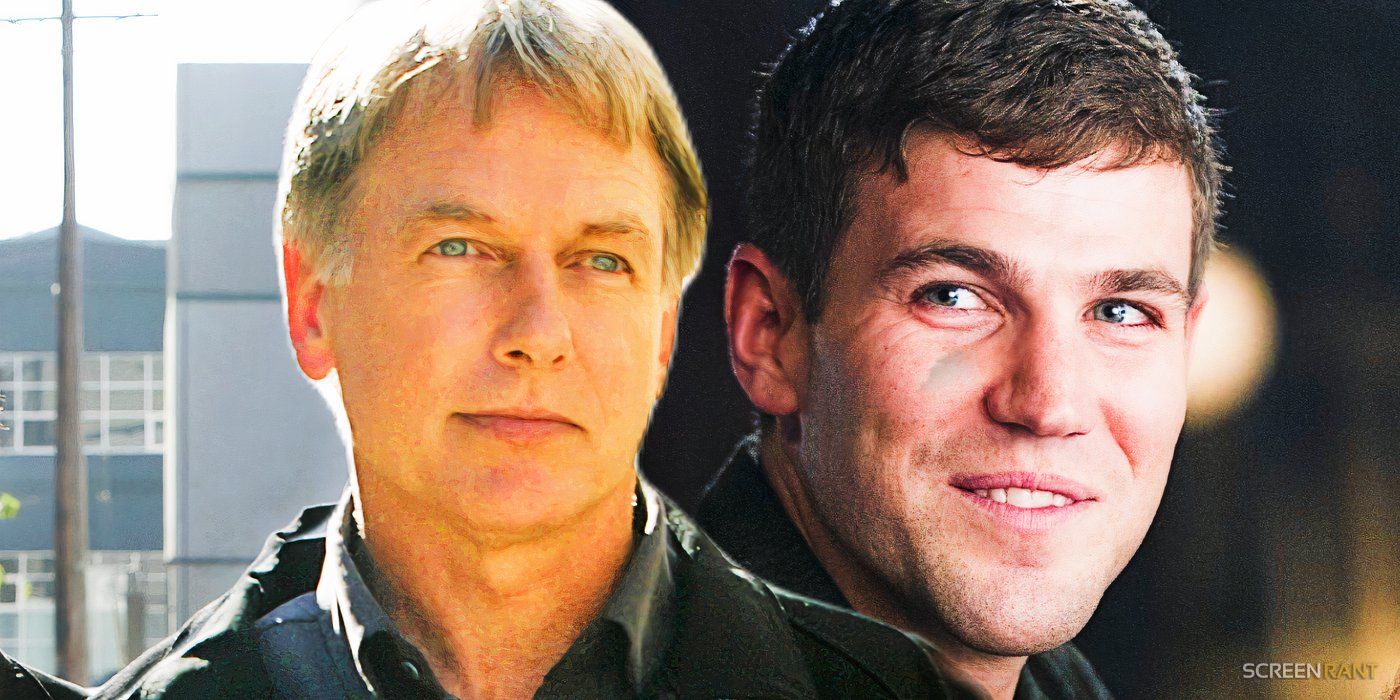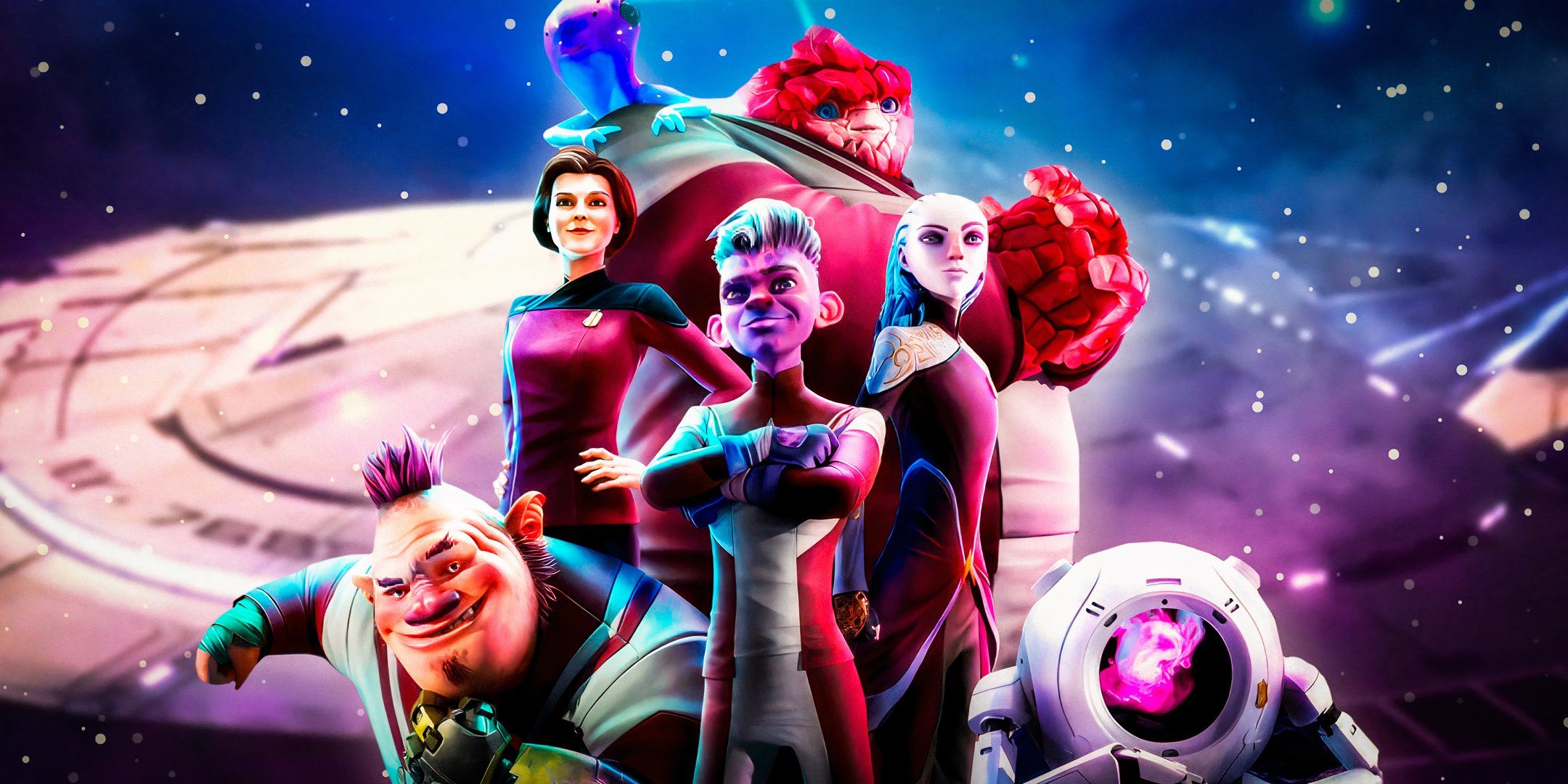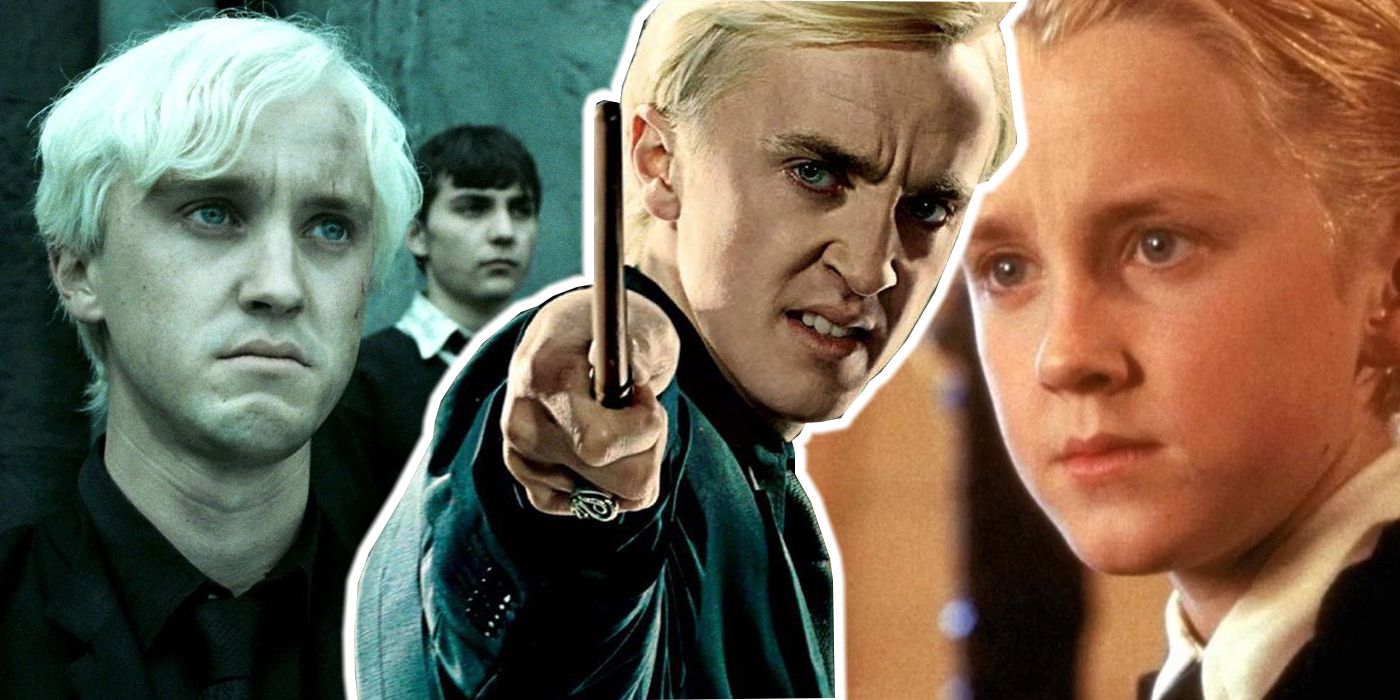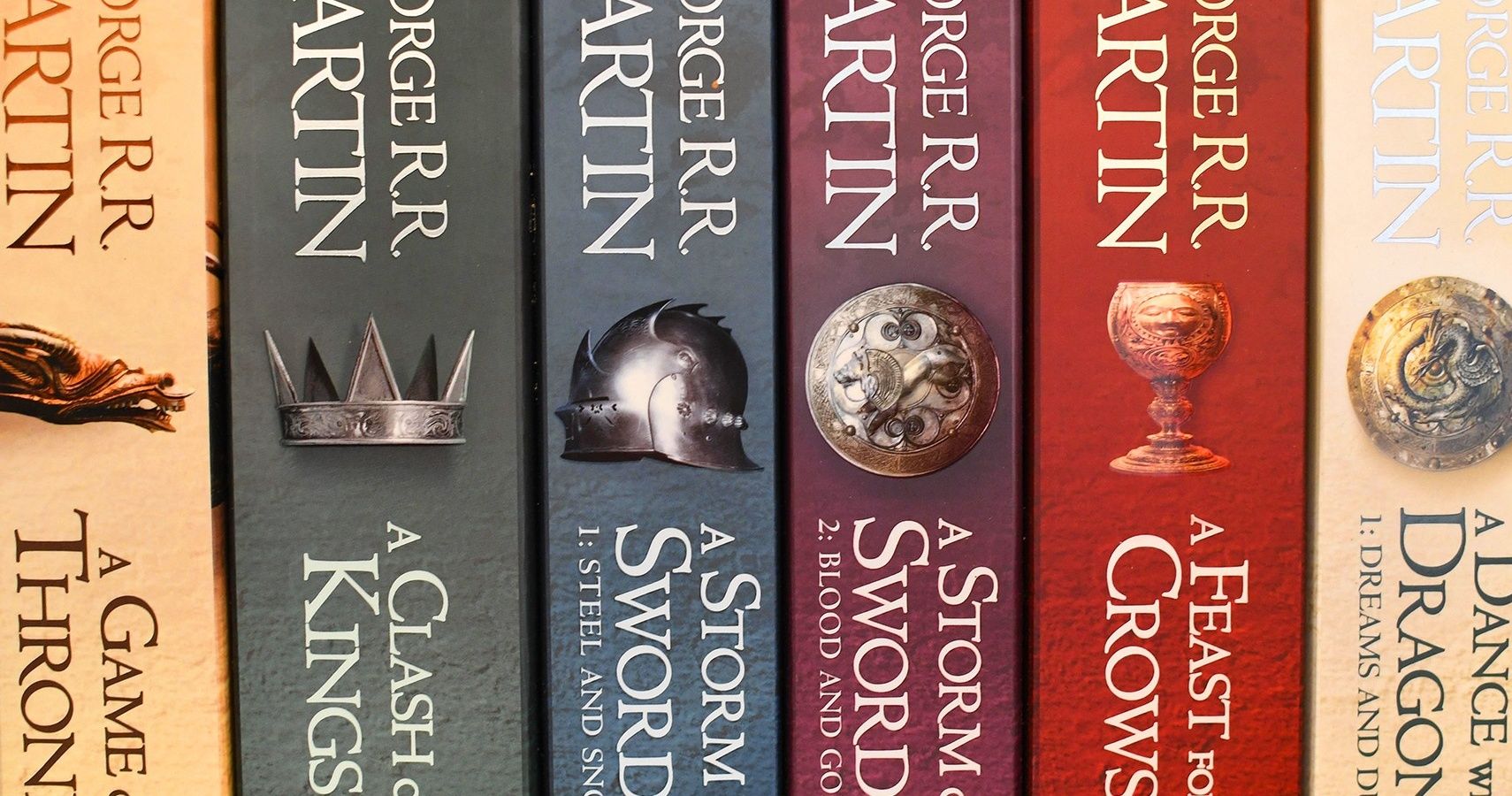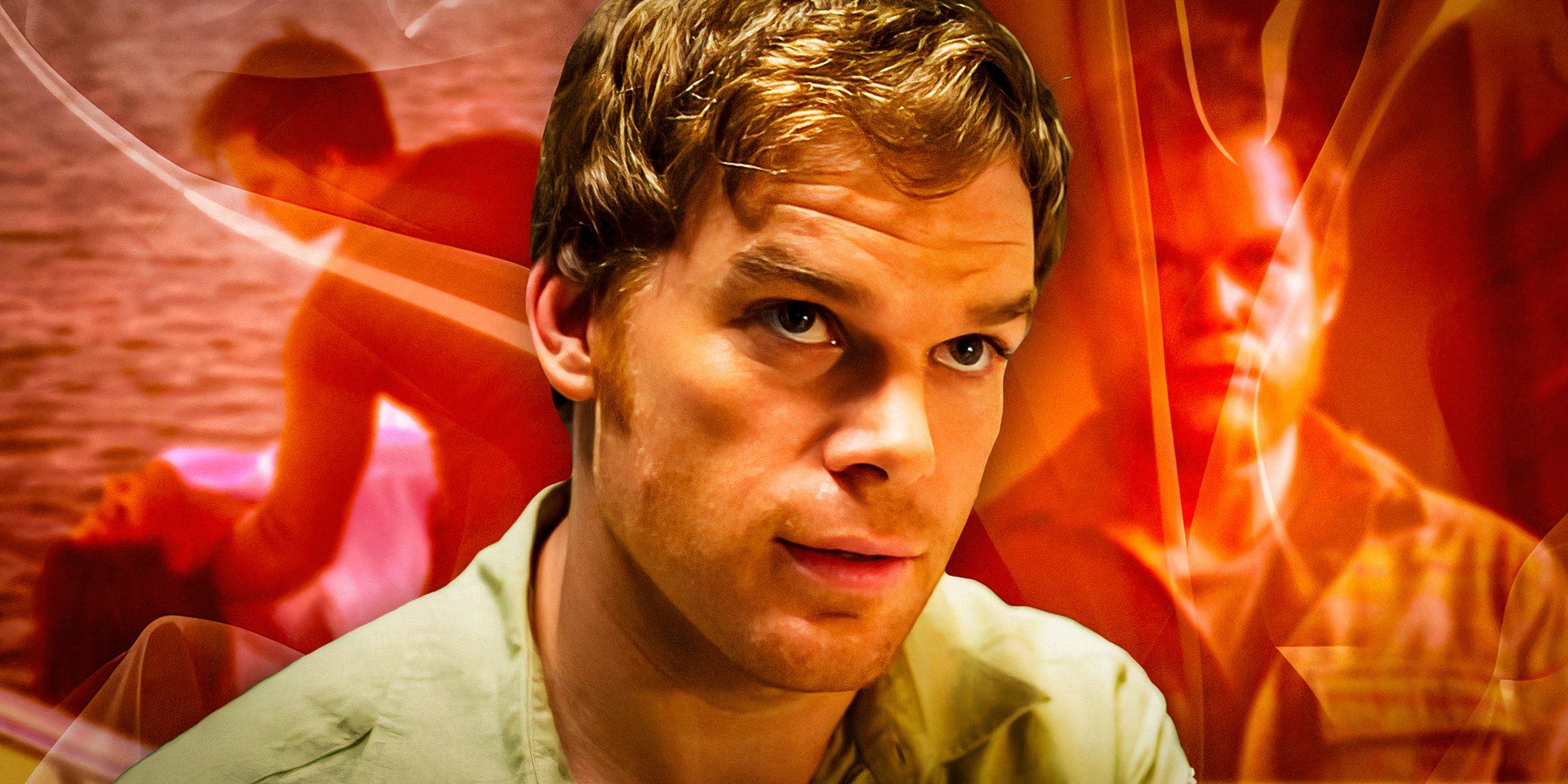From The Sopranos to Breaking Bad, there are plenty of great shows that set the gold standard for modern television. While cinema has gone downhill in the 21st century, with the rise of CG-riddled I.P.-based blockbusters, TV has only gotten better. For decades, television rigidly stuck to established formulas with its stories and characters. But, when those formulaic TV shows inevitably grew stale, writers like David Chase and Vince Gilligan came along to shake up those formulas with morally gray antiheroes, long-running serialized storylines, and a truly cinematic sensibility.
For a long time, television was considered to be a lesser medium to the more grandiose forms of media like movies and the theater. But in the past couple of decades, trailblazing shows like Mad Men and Band of Brothers have turned TV into a respected art form. Those shows, combined with others like The Wire and True Detective, have contributed to the so-called “Golden Age of Television” that audiences are currently enjoying.
11 Band Of Brothers
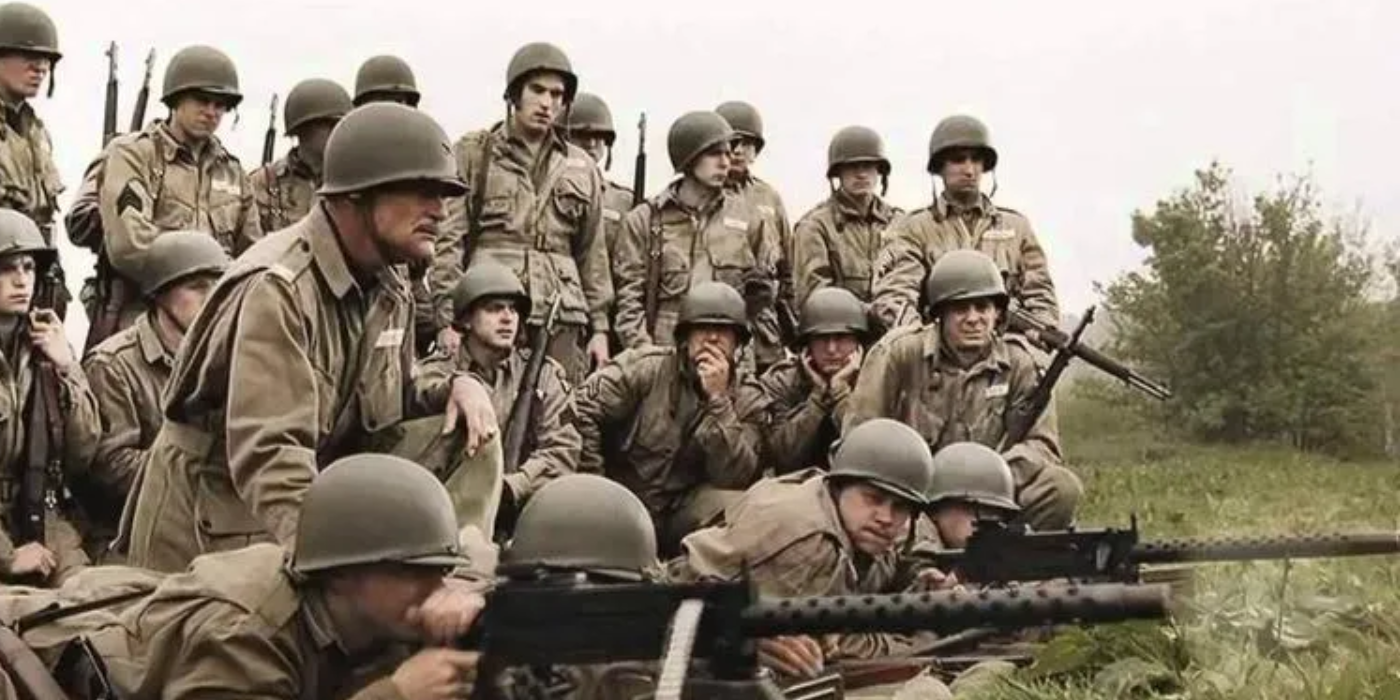
With their HBO miniseries Band of Brothers, Tom Hanks and Steven Spielberg proved that a TV show about the Second World War can be just as big and grand and eventful as a movie about the Second World War, like their own Saving Private Ryan. Dramatizing the history of the “Easy” Company, Band of Brothers explores the conflict from a ground-level soldier’s perspective. Band of Brothers is as visceral and intense a portrayal of the horrors of warfare as any war movie ever made.
10 Arrested Development
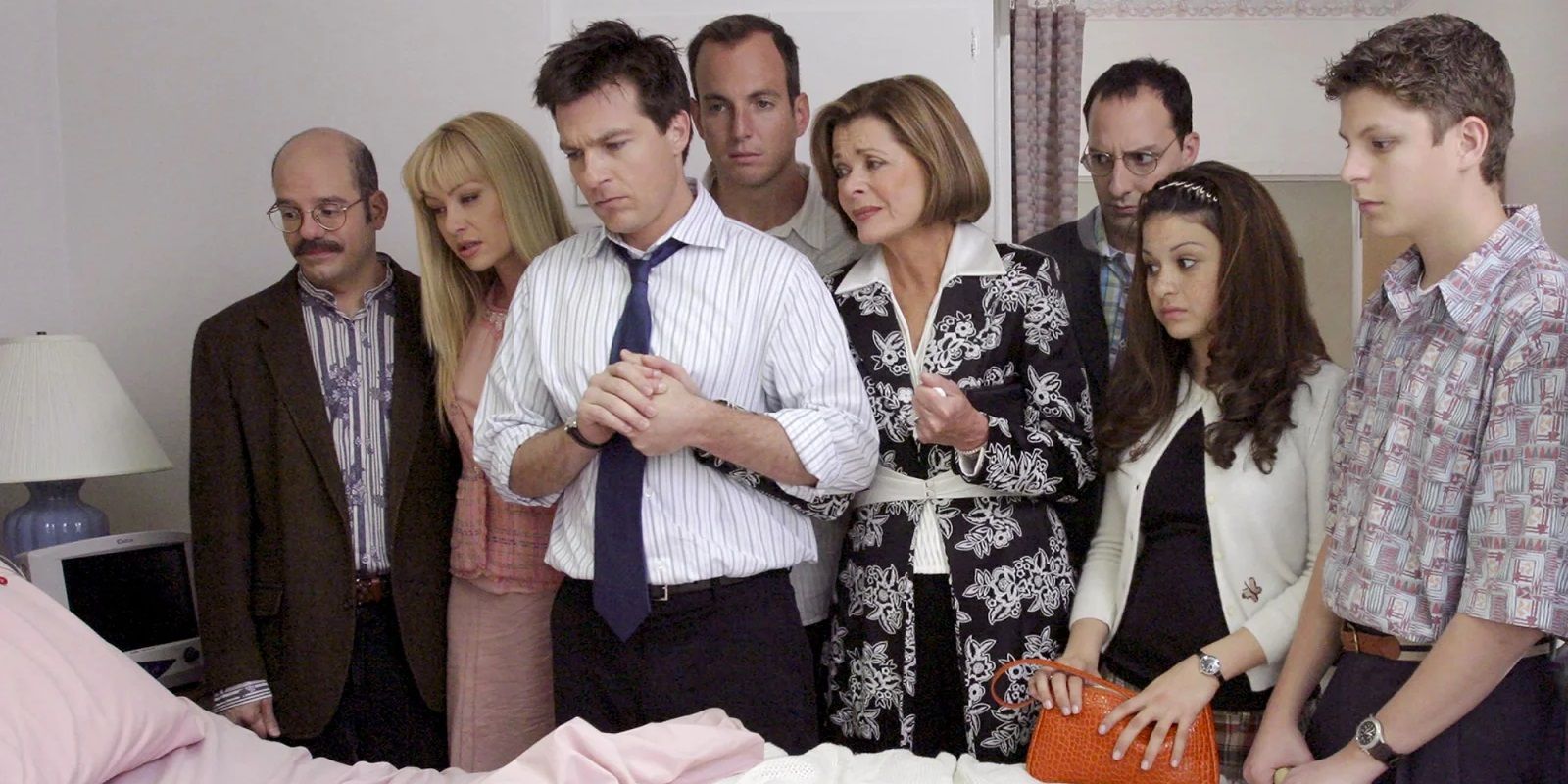
Very few TV comedies have a joke-per-minute rate to rival that of Arrested Development. Most sitcoms get laughs purely from the situations and the dialogue, but Arrested Development proved that it’s possible to get laughs with cinematography, music, and editing, too. Arrested Development is filled with so many jokes and sight gags that every episode holds up to countless rewatches to spot them all. Every great single-camera comedy series from 30 Rock to Community was influenced by Arrested Development.
9 Succession
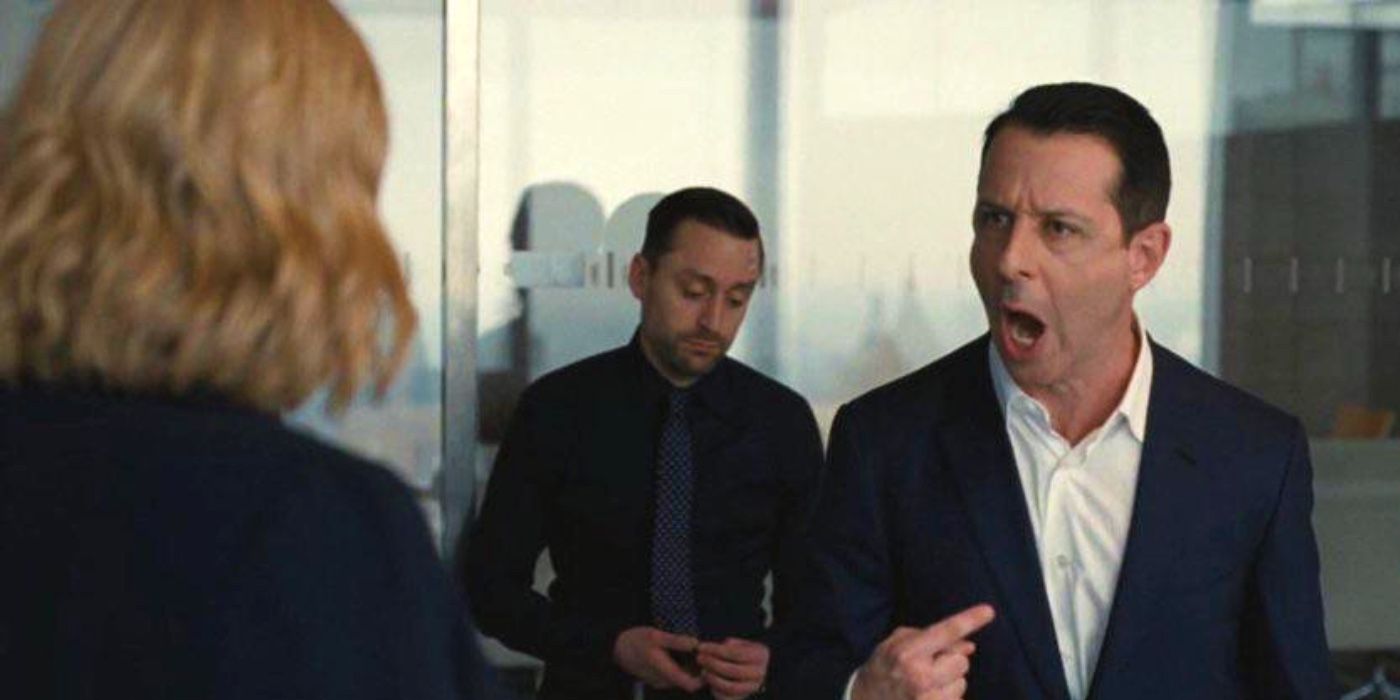
Jesse Armstrong pioneered a whole new kind of satire with Succession. His Shakespearean study of the spoilt brats fighting over their dying father’s media empire is both endlessly hilarious and deeply heartbreaking. The show gives the audience plenty of room to both laugh at the excesses of these absurdly wealthy characters and care intimately about their personal problems. The Roys are oddly endearing, and Succession strikes a unique balance between sympathy and mockery.
8 Mad Men
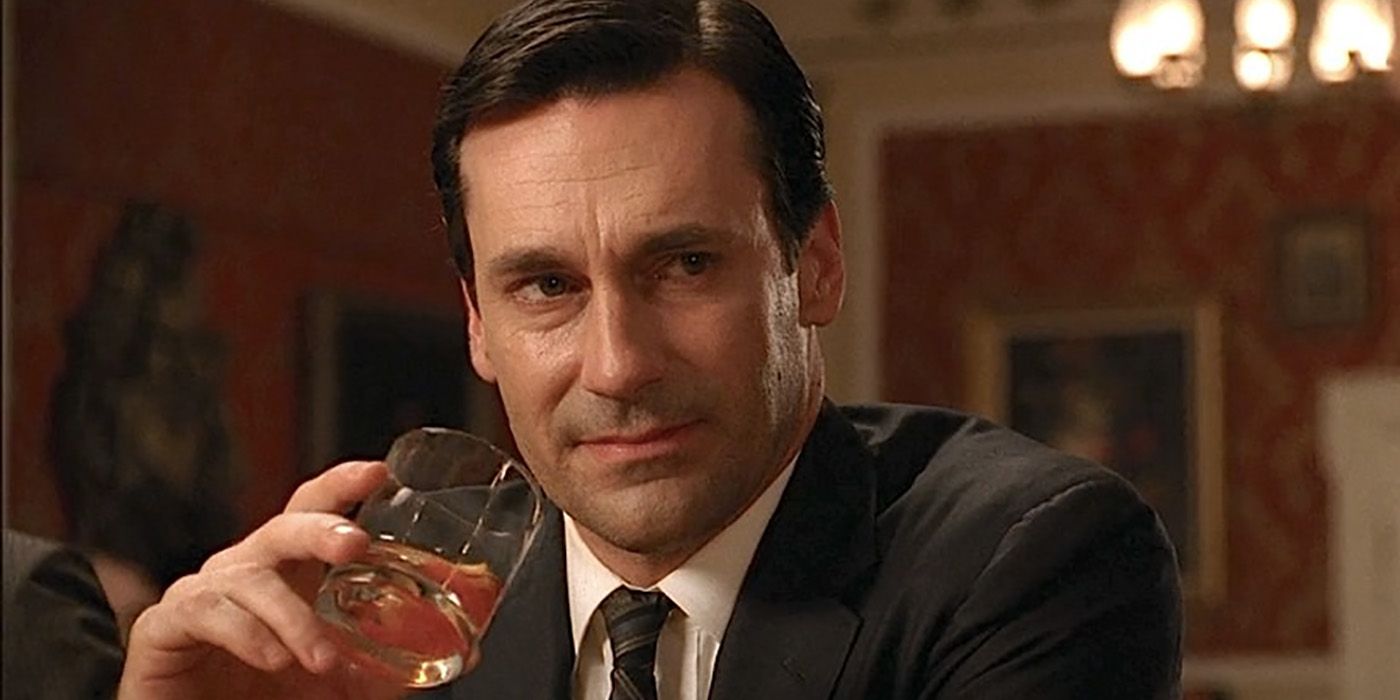
After the game-changing arcs of Tony Soprano and Vic Mackey, Mad Men came along to prove that TV antiheroes don’t need to kill people to be compelling. Ad executive Don Draper is a captivating character whose highest-stakes conflict is whether or not he can land the Lucky Strike account. Matthew Weiner and his writers’ room used Don’s ad agency as a backdrop to explore all the social, political, and economic revolutions that American society underwent in the 1960s.
7 The Wire
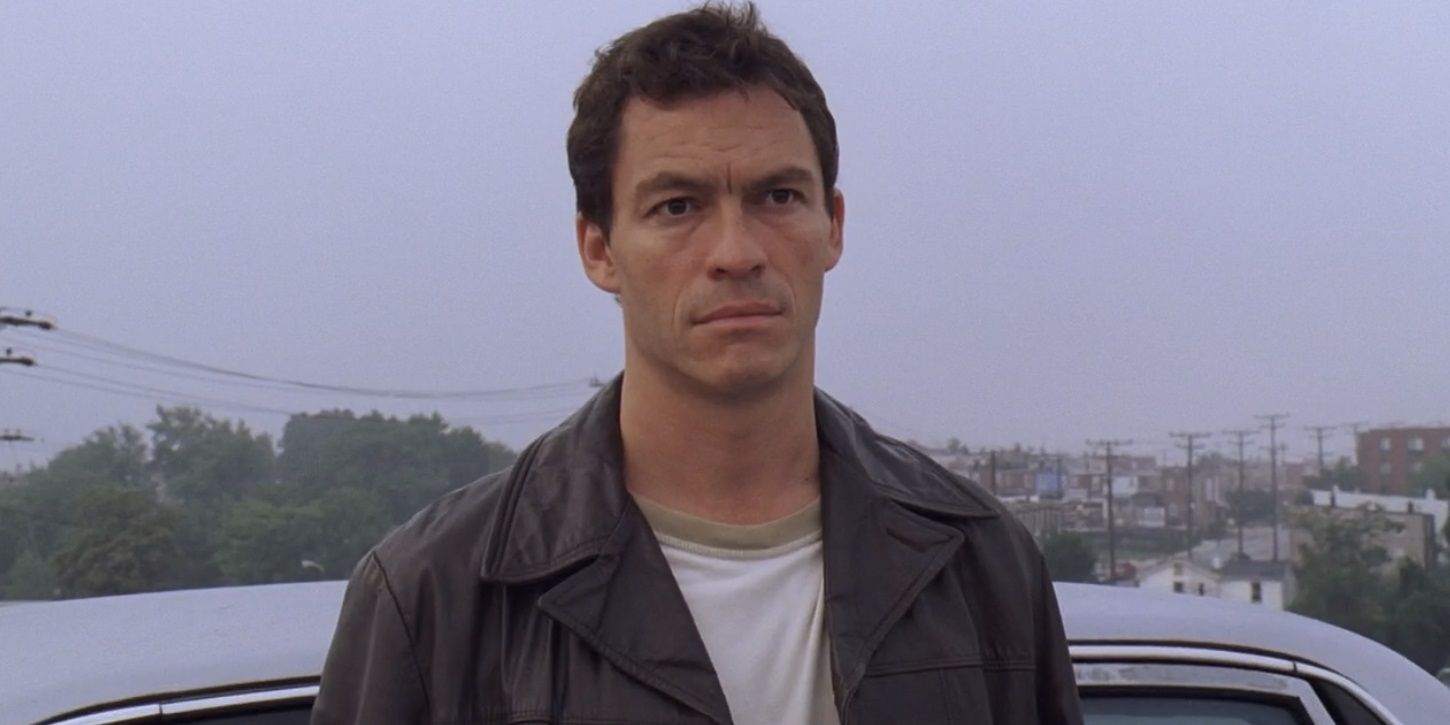
Former crime reporter David Simon captures the inner workings of the city of Baltimore with the depth and realism of a documentary in The Wire. Covering everything from the illegal drug trade to the underfunded public schools, The Wire is a razor-sharp study of crime and corruption in the American city. The series encapsulates the impact that institutions have on individuals, and the sociopolitical systems that prevent real change and perpetuate the cycles of violence and poverty. The Wire reinvented what a TV show could do.
6 True Detective (Season 1)
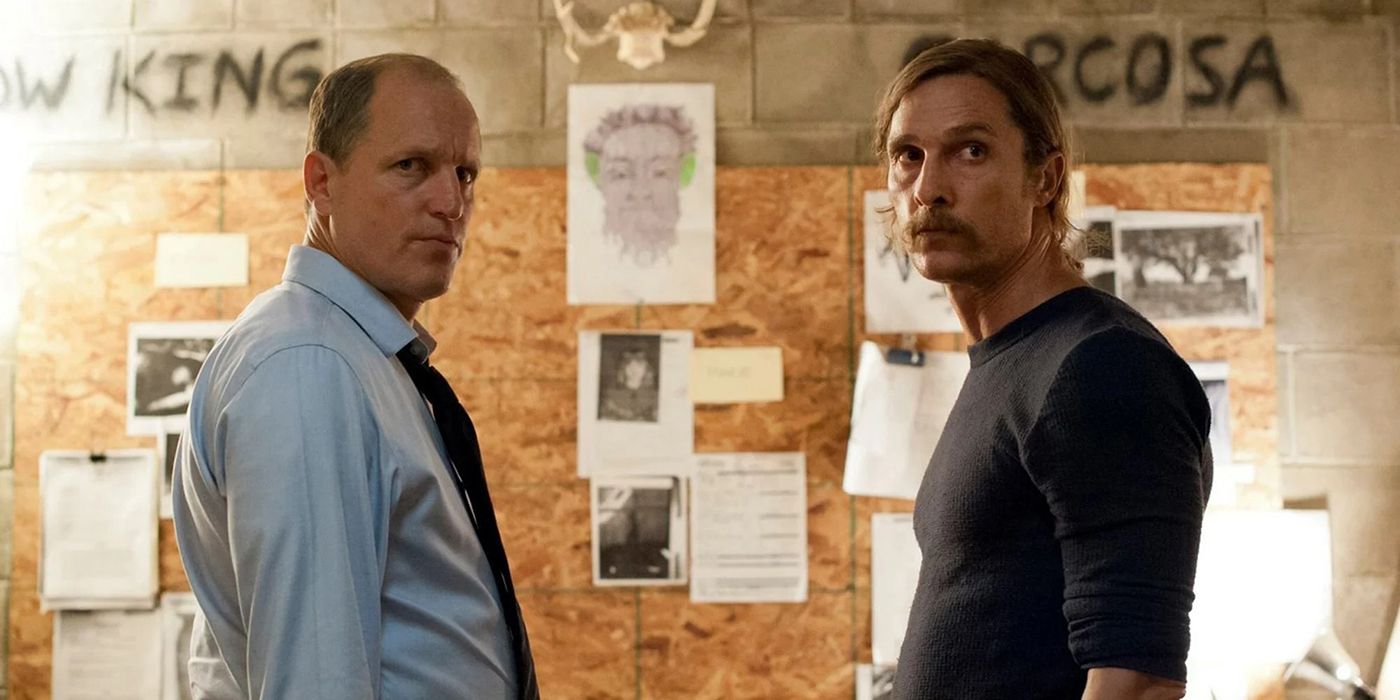
While the subsequent seasons have been kind of hit-and-miss, the first season of True Detective is top-tier television. A lot of modern TV shows style themselves as really long movies cut up into episodes, but True Detective season 1 really achieves that ambition with cinematic visuals, big-screen star power, and a single cohesive narrative that doesn’t get bogged down in unnecessary subplots. True Detective season 1 is a mesmerizing Southern Gothic detective noir told on two parallel timelines through the strained “buddy cop” pairing of a perfectly matched Woody Harrelson and Matthew McConaughey.
5 Chernobyl
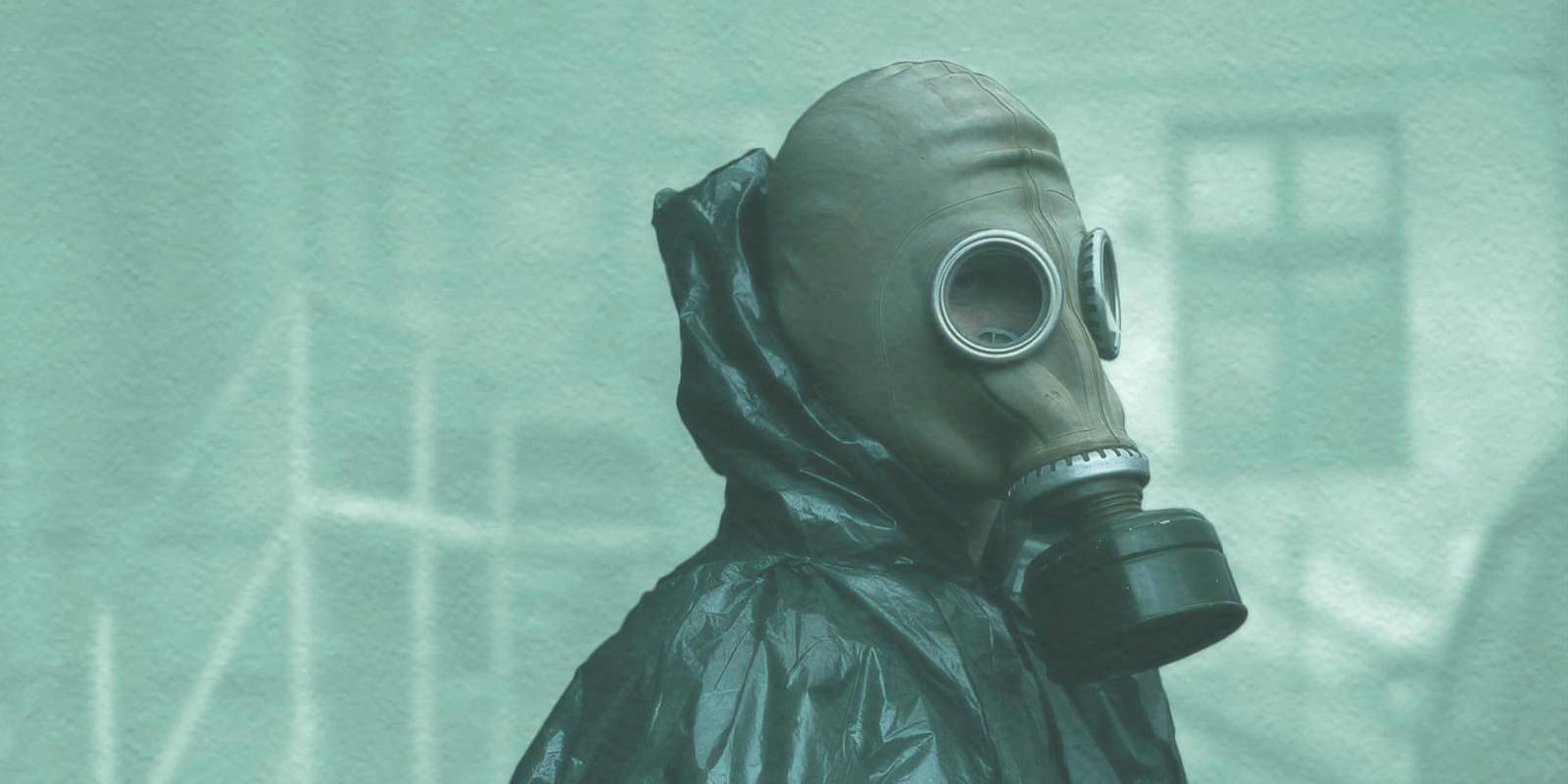
Craig Mazin brought the 1986 Chernobyl disaster to life in his HBO miniseries about the subject. Everything in Chernobyl is perfect: the atmospheric cinematography, the disturbing musical score, the grave seriousness of the actors’ performances. Chernobyl is a rare triumph of both the technical aspects of filmmaking and the specifics of historical accuracy. Some liberties were taken for dramatic purposes, but Chernobyl’s attention to detail is truly impressive.
4 Curb Your Enthusiasm
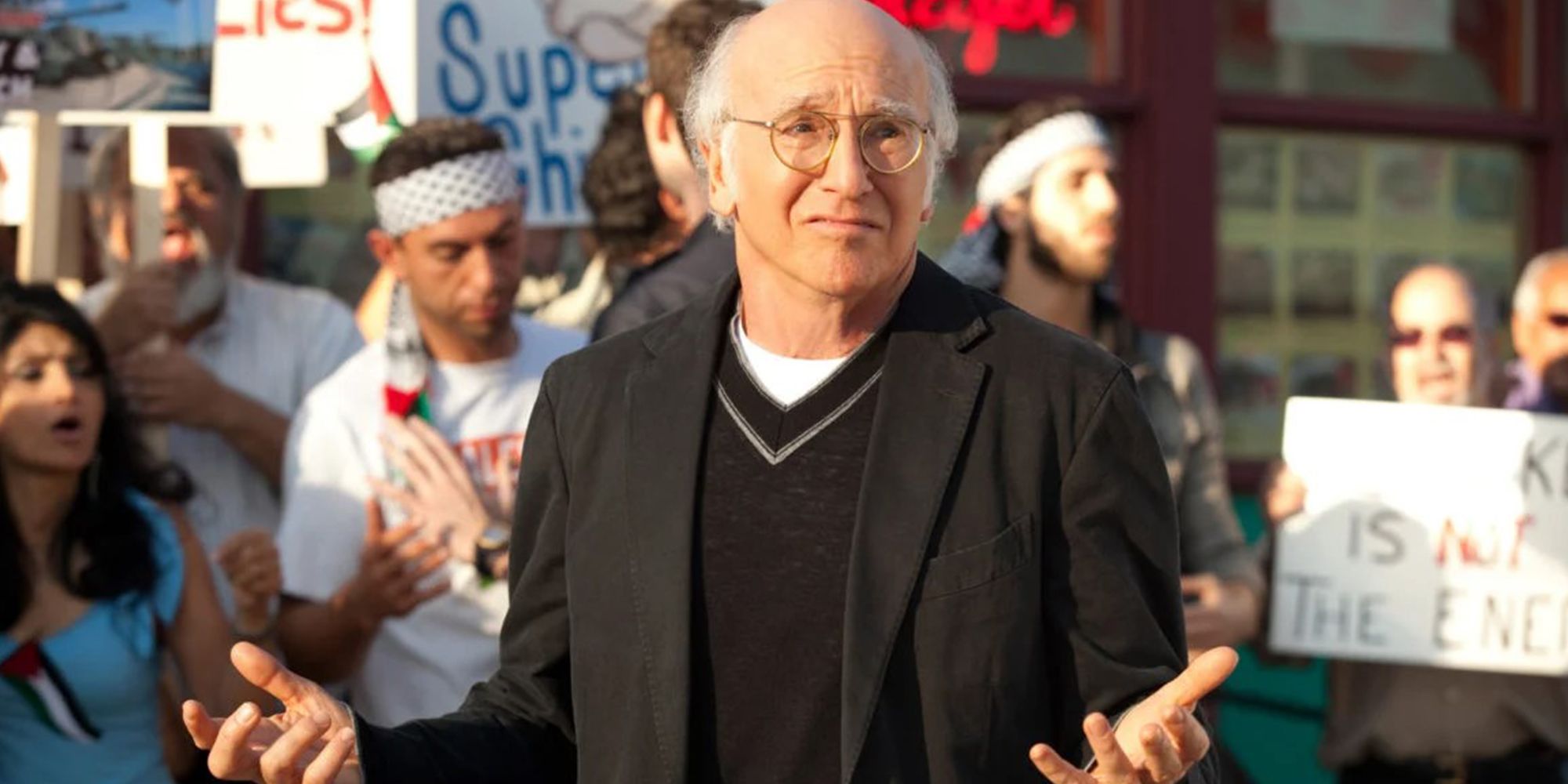
Larry David’s second sitcom deconstructed and revolutionized the entire genre. Curb Your Enthusiasm takes Seinfeld’s satirical exploration of the minutiae of everyday life and blurs the line between reality and fiction. Rather than shooting on a stage with a live audience and a laugh track, Curb Your Enthusiasm removes all the artifice of the sitcom with improvised dialogue, handheld documentary-like camerawork, and actors playing themselves. Curb Your Enthusiasm opened up the TV comedy to new possibilities, and continues to influence the genre to this day.
3 The Sopranos
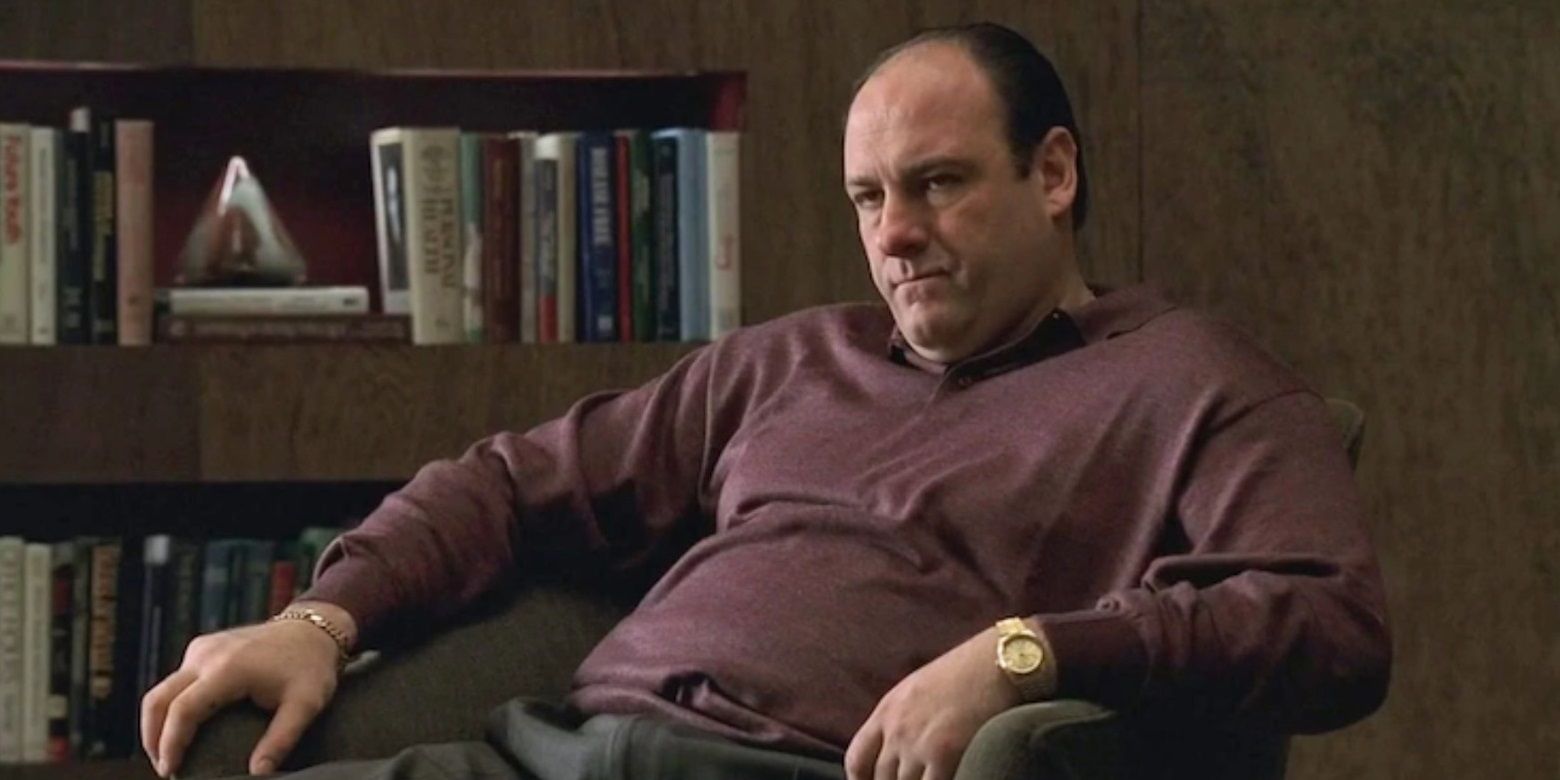
David Chase singlehandedly kicked off the “Golden Age of Television” with his revolutionary work on The Sopranos. The Sopranos realized the cinematic potential of television with surreal dream sequences, pitch-black humor, and a wide variety of filming locations. It completely deconstructs the gangster genre with a typically stoic mob boss who starts opening up and feeling his feelings when he enters therapy. James Gandolfini and Chase’s team of writers combined forces to give audiences a more complex and rounded portrait of Tony Soprano than any previous TV show had done with its protagonist.
2 Breaking Bad
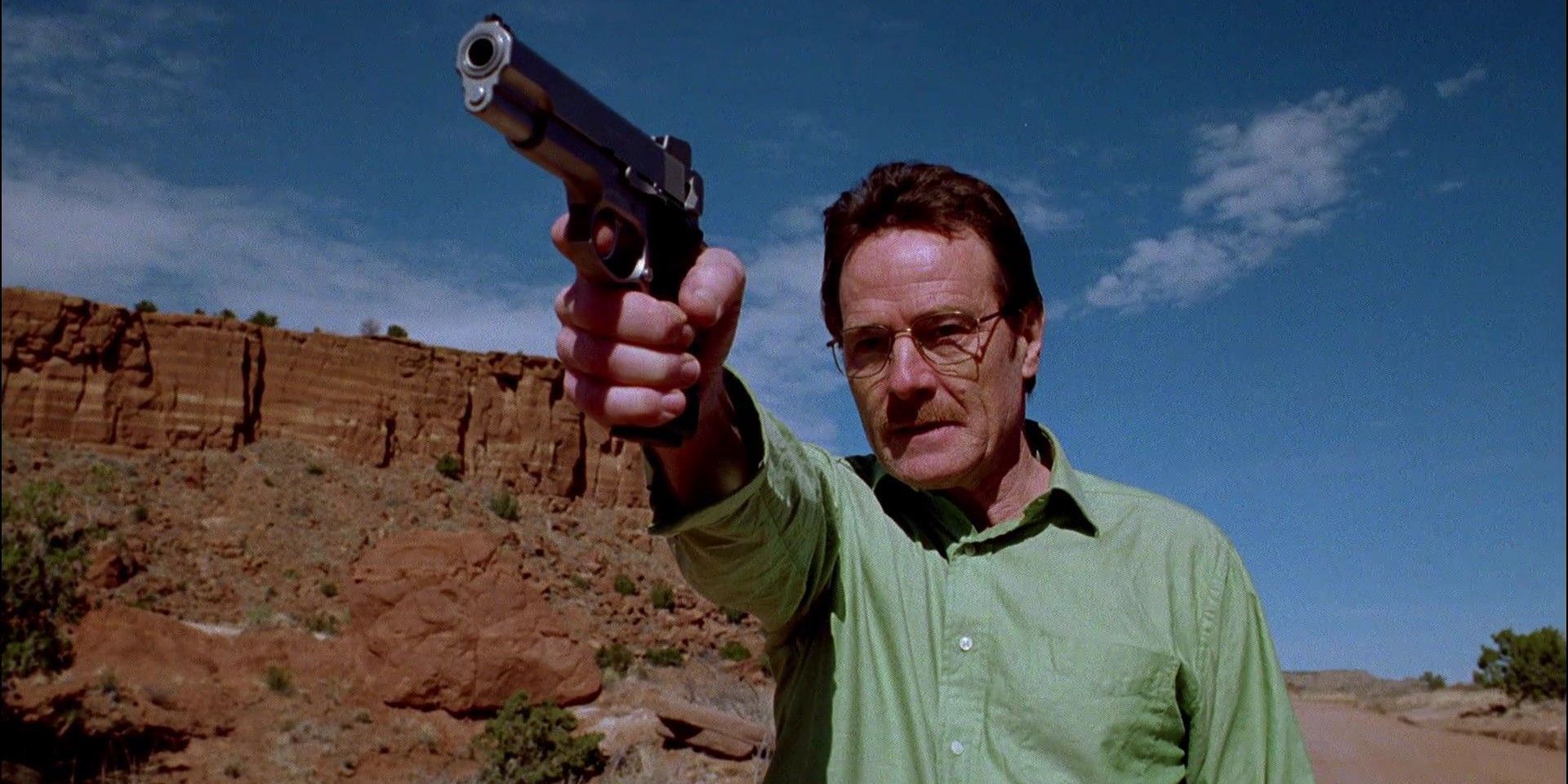
Vince Gilligan reimagined the purpose of a TV series with Breaking Bad. Most shows are designed to maintain the status quo, so the series can go on indefinitely. But Breaking Bad was defined by change as Gilligan famously envisioned turning Mr. Chips into Scarface. Breaking Bad is an intimate character study of a mild-mannered chemistry teacher who gradually embraces his dark side as he rises through the criminal underworld to become a meth kingpin. Breaking Bad also introduced the notion that TV directors can get creative with their cinematography and don’t have to feel confined by standard methods of coverage.
1 BoJack Horseman
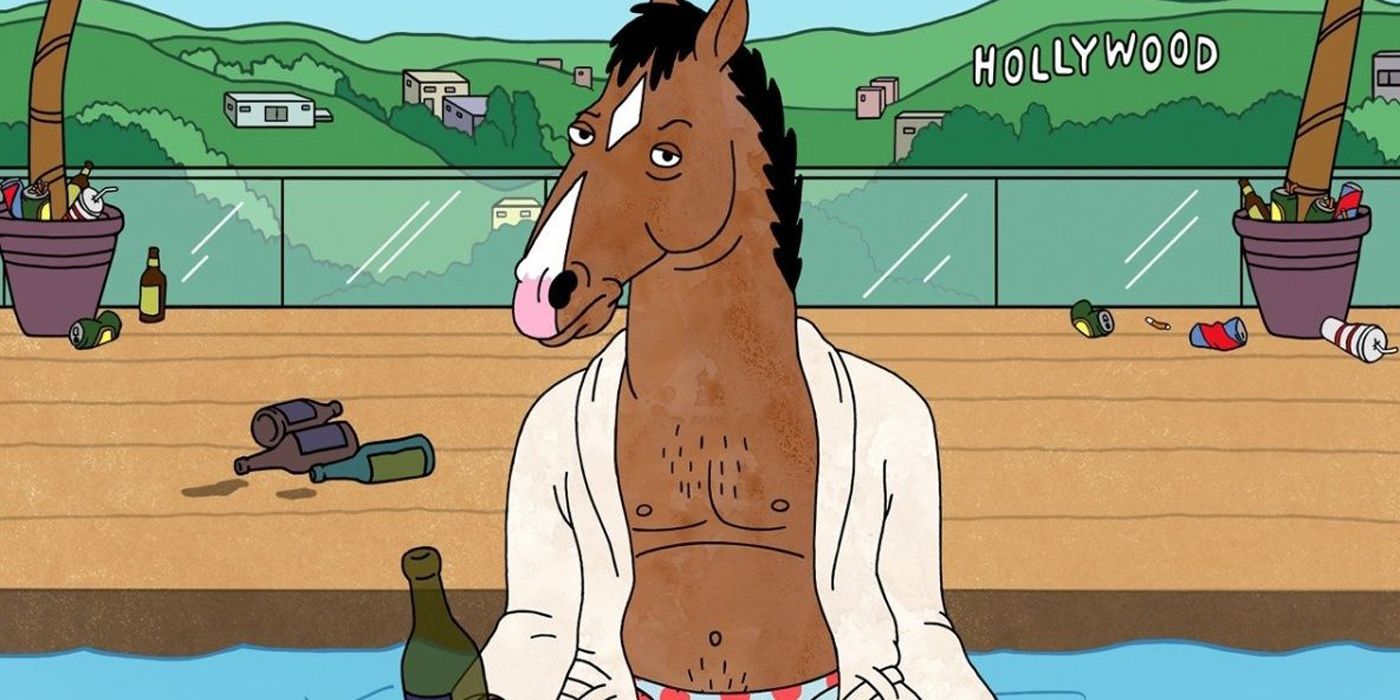
With his surprisingly harrowing series BoJack Horseman, Raphael Bob-Waksberg proved that dark character studies like Breaking Bad and wacky animated comedies like Family Guy aren’t mutually exclusive. BoJack Horseman started as a lighthearted Hollywood satire about a washed-up sitcom actor who happens to be a talking horse. But it quickly turned darker than most TV dramas as it dug into BoJack’s problems with addiction and mental health. It’s not an easy watch (particularly in its later seasons), but BoJack Horseman is a profound and groundbreaking series.

